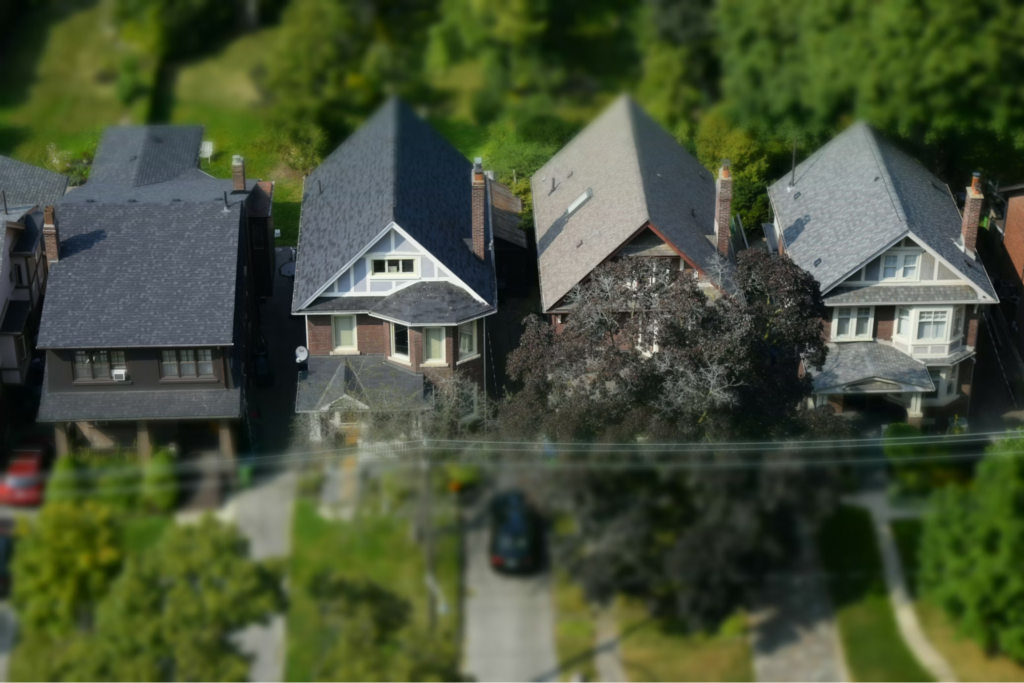Choosing the right roofing style can transform the look and feel of your home, adding character, value, and enhanced protection. With so many options available, selecting the ideal roof might seem challenging. Each roofing style has unique aesthetics and functional benefits that can complement various home designs. From traditional styles to more modern choices, let’s explore the key factors to consider when selecting the perfect roofing style for your home.
Consider Your Home’s Architectural Style
The architecture of your home plays a significant role in determining which roofing style will look most harmonious. For instance, colonial and Victorian homes often look best with classic pitched roofs, while modern-style homes may suit flat or low-sloped roofs. Selecting a roofing style that aligns with your home’s design enhances its curb appeal and maintains architectural integrity. It’s essential to research which roofing types are commonly used for your home’s style to ensure a complementary and balanced appearance.

Climate Compatibility and Durability
Climate is a crucial factor in choosing the right roofing material and style. In regions with harsh weather conditions, such as heavy snowfall or high winds, it’s vital to select a durable roof that can withstand these elements. For instance, gable roofs are excellent for shedding water and snow, making them suitable for areas prone to heavy precipitation. On the other hand, flat roofs may not be ideal for such climates as they can accumulate snow and water, potentially leading to damage. Researching your local climate’s demands helps you find a roof that not only matches your home but also ensures longevity and performance.
Local Building Codes and Regulations
Different areas have specific building codes and regulations that can affect your roofing choices. Some neighborhoods or municipalities require certain types of roofs, and in some cases, historical districts may even have restrictions to maintain the area’s architectural heritage. When selecting a roof for your home, ensure you check your local regulations to avoid costly fines or re-roofing requirements. For example, Pennsylvania has certain areas with strict guidelines to preserve the character of historic homes, which could impact the materials and styles you can choose from. Finding a good roofing company in Pennsylvania to navigate these regulations and recommend suitable options can make the process much smoother. An experienced contractor will ensure your new roof meets local codes while complementing your home’s architectural charm.
Roofing Material Options
Each roofing style is often paired with specific materials that enhance both its look and functionality. Shingles, metal, slate, and tile are popular roofing materials, each with distinct advantages and drawbacks. For example, asphalt shingles are affordable and versatile, making them a popular choice across many architectural styles. However, a tile roof can provide a more authentic look for Mediterranean or Spanish-style homes. The material you select not only impacts your roof’s appearance but also its maintenance requirements, lifespan, and cost, so it’s essential to choose one that aligns with your needs and budget.

Energy Efficiency Considerations
Energy efficiency is a growing concern for homeowners, and your choice of roof can play a significant role in reducing energy costs. Reflective or cool roofing materials are designed to minimize heat absorption, keeping your home cooler in the summer and potentially reducing air conditioning expenses. Additionally, the shape of your roof affects ventilation, which can improve energy efficiency. Metal and tile roofs are known for their reflective properties, while green roofs offer natural insulation, helping to stabilize indoor temperatures. By choosing a roofing style with energy-efficient properties, you can reduce your home’s environmental impact and potentially save on utility bills.
Maintenance Needs and Lifespan
Every roofing style comes with its maintenance requirements and expected lifespan. Understanding how much upkeep a roof needs and how long it’s likely to last can help you make a well-informed decision. For example, asphalt shingles require minimal maintenance and typically last around 20-30 years, whereas slate or tile roofs can last over 50 years but may need occasional repairs due to their weight. Opting for a roofing style that suits your maintenance preferences and fits your long-term plans for the home will ensure your roof continues to perform optimally with minimal hassle.
Cost Factors and Budgeting
Roofing can be a significant investment, so it’s essential to consider your budget when choosing a roofing style. Some roofing types, like metal and slate, are more expensive upfront but offer exceptional durability and longevity, potentially saving you money in the long run. Asphalt shingles, while more budget-friendly, may require replacement sooner. Be sure to weigh the initial costs, maintenance expenses, and lifespan of each roofing option. Creating a clear budget helps you avoid unexpected costs and choose a roofing style that aligns with your financial plans without compromising quality.

The right roof can transform your home, blending seamlessly with its architecture and meeting your practical needs. By taking the time to consider architectural style, climate, material options, and budget, you’ll be well-equipped to select a roof that enhances both the beauty and function of your home.

Recent Comments